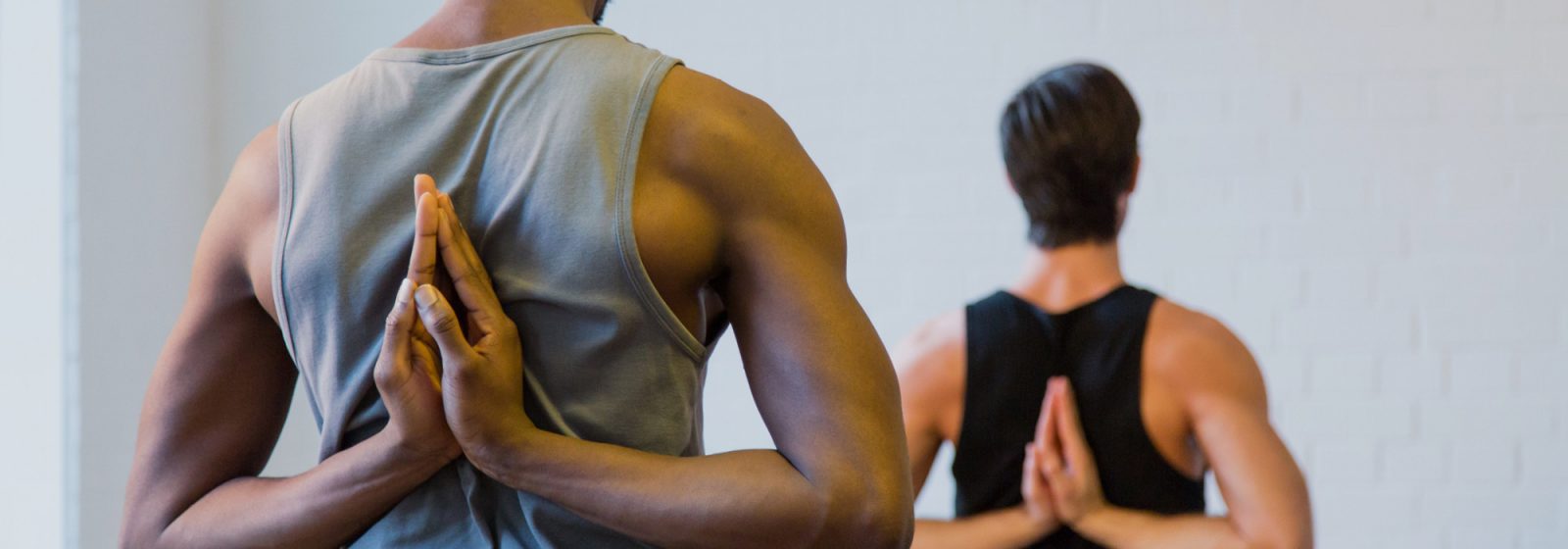Plantar Fasciitis
Plantar fasciitis (Heel Spur Syndrome) is a quite common condition that is due to an inflammation of the Plantar fascia. The main symptom is pain felt in the morning on the sole of the foot while getting out of the bed and it is aggravated by climbing stairs, walking and running. It is common during spring and summer as people increase outdoor activities.
What is Plantar Fascia?
Plantar Fascia is a thick connective tissue which supports the arch of the foot. It is part of the bottom of the foot and can be seen when the toes are dorsally stretched forming a triangle. It has a major role in the stability of the foot and protection of the deeper tissue of it (nerves and arteries).
How do we get Plantar Fasciitis?
When the ligaments which are supposed to hold the midfoot joints together are not strong enough, as a result the arch of the foot falls and we have an increased stretching of the plantar fascia. Indeed, the problem involves the plantar fascia itself being a tissue which does not stretch. Thus, the normal reaction is the pulling of the fascia on the Calcaneus (‘Heel Bone’). The pulling may lead to calcium deposit forming spurs.
Another common cause of Plantar Fasciitis may be an acute injury such as a strain (which might be due to overuse, for example when running long distance).
To sum up, Plantar fasciitis is mainly due to hypermobility of the foot joint and lengthening of the arch affecting the function of the foot which leads to pronation or calcaneal spur (or both).
How do we diagnose it?
History
The symptoms of Plantar Fascitis leads us to its diagnosis. As already mentioned, symptoms such as pain when first stepping after sitting for a while or when climbing stairs are specific of this condition.
Palpation
The palpation of the area where Plantar fascia is attached to the Heel Bone is painful, whereas while moving away from this little area, generally there is no pain.
Support outcome
An improvement of the symptoms when supporting (taping or orthotics are used to support the arch) is diagnostic for Plantar Fasciitis.
How do we treat it?
As a complicated mechanical injury, the rehabilitation program may be long even though the main symptoms (pain and inflammation) are easily reduced with a few specific tips.
The first step will be reducing the inflammation and pain. Ice-massage, anti-inflammatory and rest are used to initially tackle it. Ultrasound and phonophoresis with anti-inflammatories could be used for severe pain. A period of non-weight-bearing is usually necessary for the first week and the use of crutches may be required. Also, the use of a night splint could help. After the period of non-weight-bearing the use of heel pads is recommended in order to reduce the heel impact. A wild range of heel pads are available.
When the pain reduces, the rehabilitation program starts. Stretchings and strengthening exercises are provided in order to increase the strength of the weak muscles, break the scar tissue formed after the inflammation at the insertion of the plantar fascia and self-manage. Soft tissue and friction massage are provided to increase the mobility, stretch the plantar fascia and break the scar tissue. Furthermore, mobilisation is one of the most effective methods and it is used in order to increase the mobility of a specific hypo-mobile joint.
How do we work with exercises?
Exercising is the main part of the rehabilitation program. Strengthening of the specific muscles will decrease the flatness of the arch and increase the mobility of hypo-mobile joints. Proprioception is essential to recognize the muscles used when we are standing or walking. Rehabilitation of the step is one of the most useful method to heal Plantar fascitis.
Is taping useful?
The first time you will see one of our physiotherapists for Plantar Fasciitis he/she will probably use taping. It is very effective both for pain (reducing the force of the arch on the plantar fascia) and for proprioception (forcing the foot to stay in the right position). It can be also used to diagnose Plantar Fasciitis. A specific sport taping technique called low-dye is usually applied in order to hold the medial arch in a perfect position.
When do you need an orthotic?
Orthotics are the most effective instruments in case of severe pronation of the foot. Orthotics can be easily found over counter and they are not really expensive as people think. As a mechanical problem, orthotics are very important during the first period of the rehabilitation program.
In conclusion, plantar fascitis is not the kind of injury which would subside with only rest. Specific exercises and techniques should be used in order to clear the symptoms and the supervision of a physiotherapist is highly recommended.


